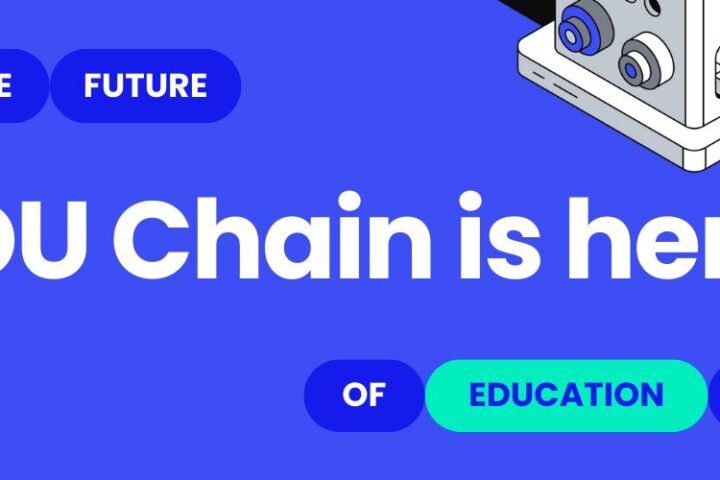Introduction
Customer satisfaction is a key factor in the success and growth of businesses. To ensure that customers have a positive experience, companies need to identify areas where they can improve their service quality. One effective tool for achieving this is the Gap Model of Service Quality. In this guide, we will explore the gap model, its five types of gaps, and provide examples to help you understand how it can be applied in practice.
Key Takeaways
- The gap model of service quality is a framework used to analyze customer satisfaction and identify areas for improvement.
- There are five gaps addressed by the model: the gap between management perception and customer expectation, between management perception and service quality specification, between service quality specification and service delivery, between service delivery and external communication, and between expected service and experienced service.
- To close these gaps, companies can use market research, feedback, clear service quality specifications, comprehensive training programs, accurate external communication, and regular customer feedback.
- Examples of applying the gap model include improving shipping costs for an online retail store, aligning food presentation with customer expectations at a restaurant, and enhancing cleaning techniques at a cleaning company.
Understanding the Gap Model of Service Quality
The gap model of service quality is a valuable framework that allows businesses to evaluate and improve their customer service. It addresses the common communication challenges that can lead to a gap between customer expectations and the actual service delivered. By understanding these gaps, companies can take proactive steps to close them and enhance the overall customer experience.
The Five Types of Gaps
The gap model of service quality focuses on five specific gaps that need to be identified and addressed. Let’s explore each of these gaps in detail:
- Gap between management perception and customer expectation: This gap arises when there is a difference between what customers expect and what management believes they want. To bridge this gap, companies need to gather customer insights through market research, feedback, and comprehensive studies. Understanding customer expectations is crucial for making informed decisions and aligning service offerings accordingly.
- Gap between management perception and service quality specification: This gap occurs when there is a disconnect between management’s perception of service quality and the steps taken to provide that level of service. To close this gap, clear service quality specifications must be established. This involves defining the desired level of service, setting standards, and implementing training programs to ensure that employees are equipped to meet customer expectations.
- Gap between service quality specification and service delivery: This gap arises when there is a difference between the level of service specified by management and the service actually delivered to customers. Additional training, audits of the customer experience, and revisiting hiring practices may be necessary to bridge this gap. It is important to assess factors such as employee aptitude, attitude, health, and cultural considerations to ensure that service delivery meets expectations.
- Gap between service delivery and external communication: This gap refers to the difference between the service a company claims to provide and the service customers actually receive. It is crucial for companies to ensure that their external communication, such as advertisements and promotional materials, accurately reflects the services they offer. Regular review of advertising materials can help maintain transparency and align customer expectations with the actual service provided.
- Gap between expected service and experienced service: This gap occurs when there is a discrepancy between the level of service customers expect and the level they perceive. It can be influenced by factors such as previous experiences and interactions with other customers. To bridge this gap, companies should collect regular customer feedback and implement transactional surveys to assess how customers perceive the quality of service they receive. This feedback can help identify areas for improvement and ensure that customer expectations are met.
Applying the Gap Model: Examples
To better understand how the gap model can be applied in practice, let’s explore a few examples:
- Example 1: An online retail store wants to improve customer reviews. By using the gap model, management discovers that customers are satisfied with the product selection but find the shipping costs to be high. This reveals a gap between management perception and customer expectation. To address this, management looks for ways to decrease shipping costs and sees a significant increase in online orders as a result.
- Example 2: A restaurant manager notices that customers are disappointed with the appearance of their food compared to the stock images used in menus and promotions. This highlights a gap between the type of food advertised and the food customers actually receive. To bridge this gap, the manager hires a local photographer to take photos of each dish, ensuring that customers’ expectations align with the actual presentation.
- Example 3: A cleaning company receives feedback from customers that the cleaning services provided do not meet their expectations. Upon investigation, management identifies a gap between the service quality specification and the service quality delivery. To close this gap, a new onboarding and training program is implemented to improve staff members’ cleaning techniques, resulting in enhanced service quality.
Conclusion
The gap model of service quality is a valuable tool for companies seeking to improve customer satisfaction. By identifying and addressing the five types of gaps, businesses can bridge the disconnect between customer expectations and the service delivered. Through market research, clear service quality specifications, comprehensive training programs, accurate external communication, and regular customer feedback, companies can enhance their customer service and drive long-term success.
| Gap | Description |
|---|---|
| Gap between management perception and customer expectation | Difference between what customers expect and what management believes they want |
| Gap between management perception and service quality specification | Disconnect between management’s perception of quality service and the steps taken to provide that level of service |
| Gap between service quality specification and service delivery | Difference between the level of service management expects from staff and the type of service the customer actually receives |
| Gap between service delivery and external communication | Discrepancy between the service a company claims to provide and the service customers actually receive |
| Gap between expected service and experienced service | Difference between the level of service customers expect and the level they perceive |
| Example | Gap Addressed | Action Taken |
|---|---|---|
| Online retail store reducing shipping costs | Gap between management perception and customer expectation | Decreased shipping costs to align with customer expectations |
| Restaurant improving food presentation | Gap between service delivery and external communication | Hired a photographer to update menu images with accurate representations of dishes |
| Cleaning company enhancing cleaning techniques | Gap between service quality specification and service delivery | Implemented a new onboarding and training program to improve staff members’ cleaning skills |
Sign up to our newsletter & get the most important monthly insights from around the world.
Ready to Amplify Your Brand with Business Today?
Discover the power of sponsored articles and partnerships to reach decision-makers, professionals, and a dynamic audience. Learn more about our advertising opportunities and connect with us today!
Click here to explore our Promotion & Sponsored Articles page.
Are you looking to make an impact? Contact us at [email protected] to get started!







